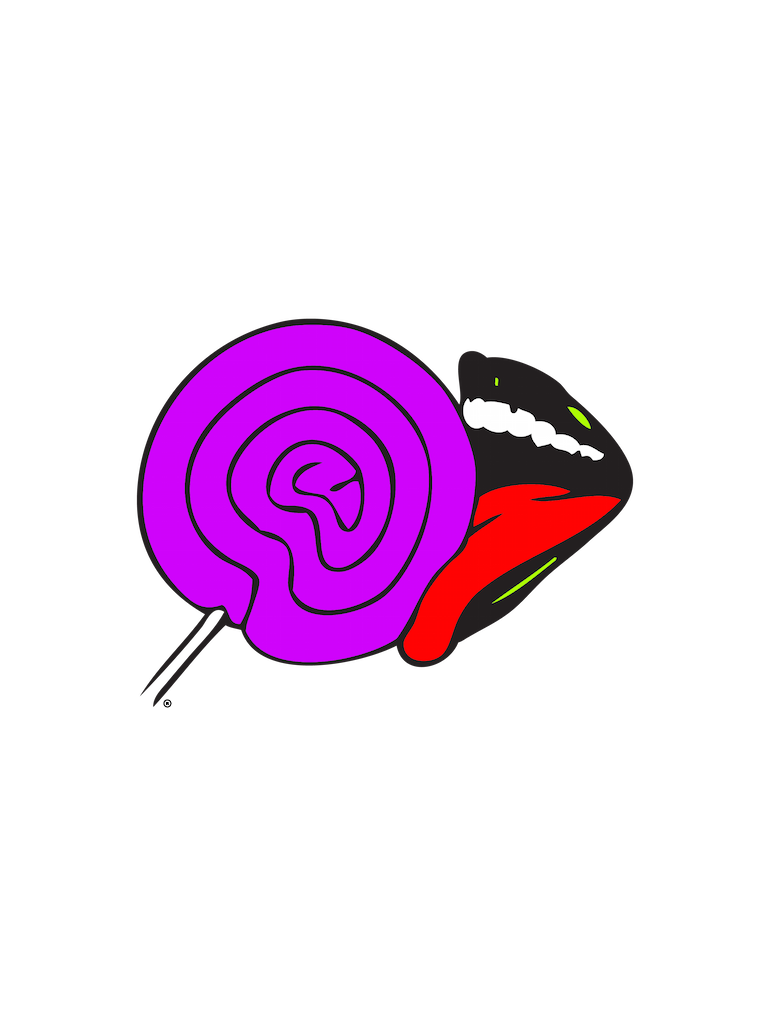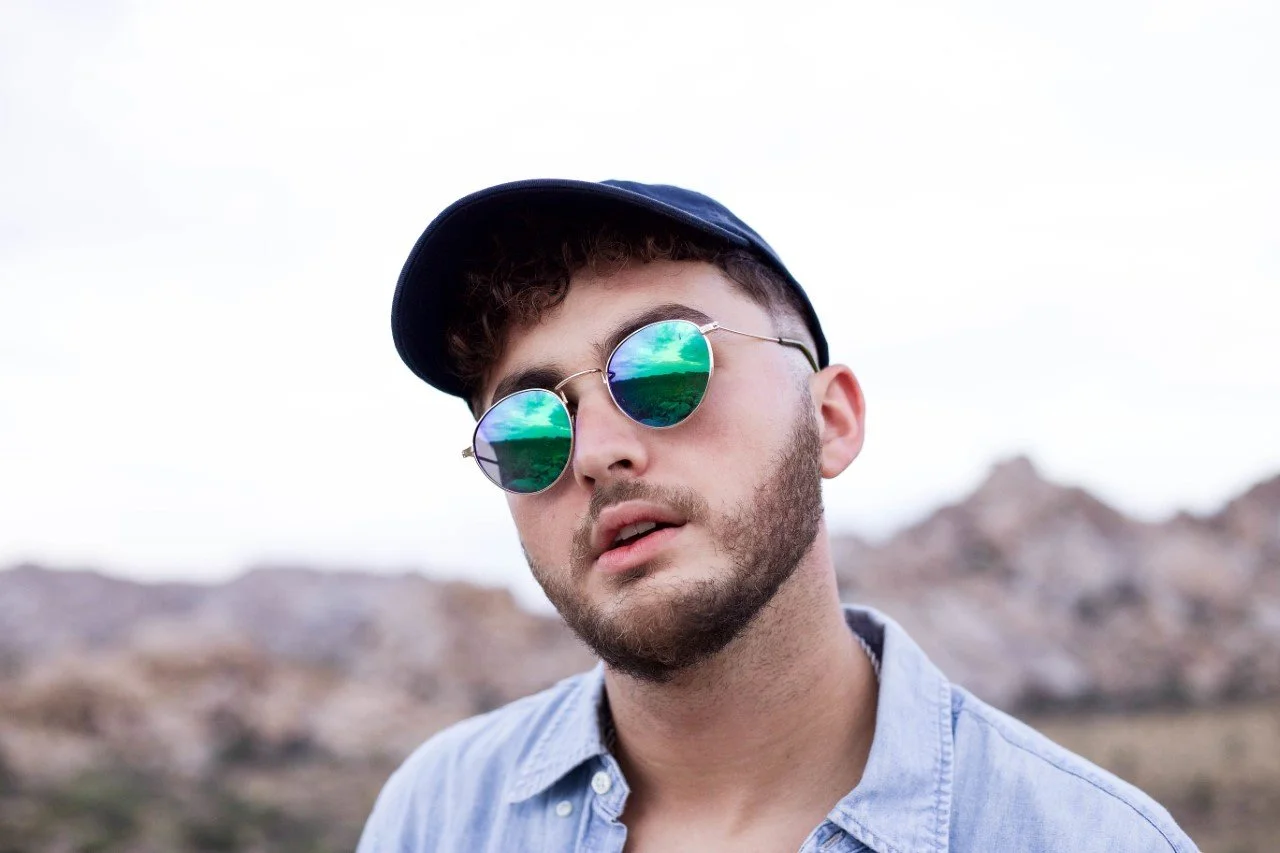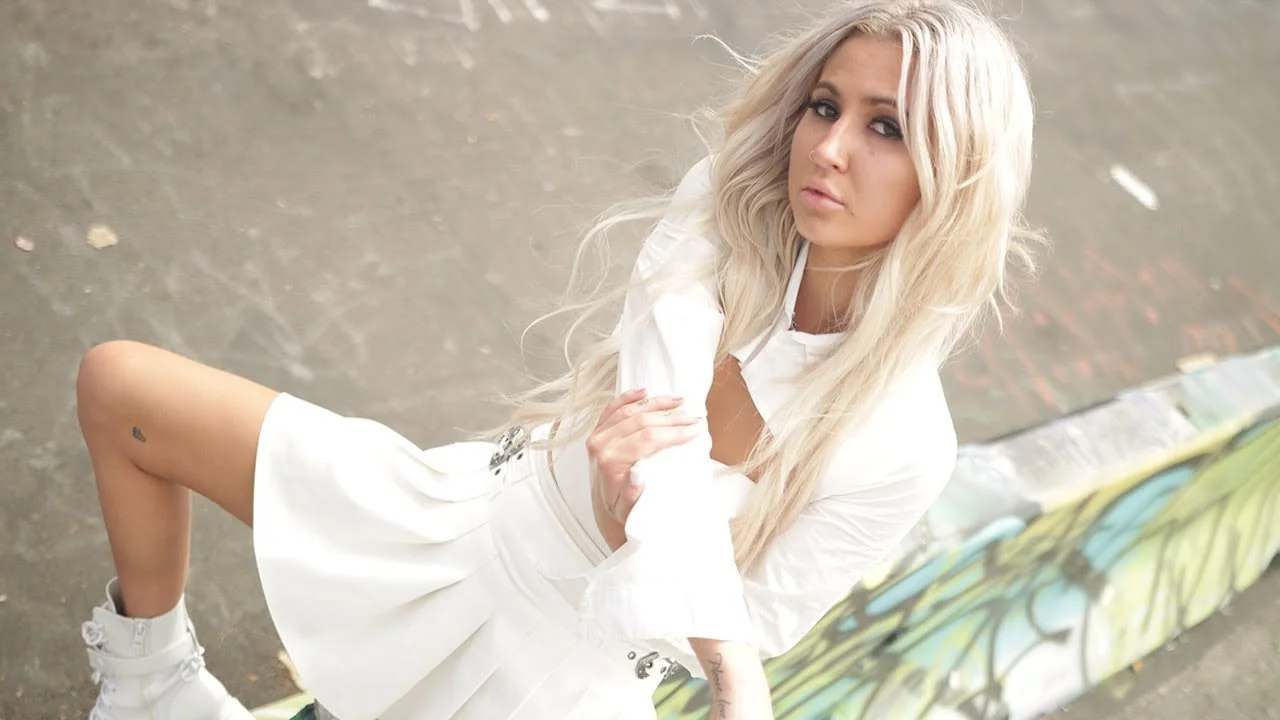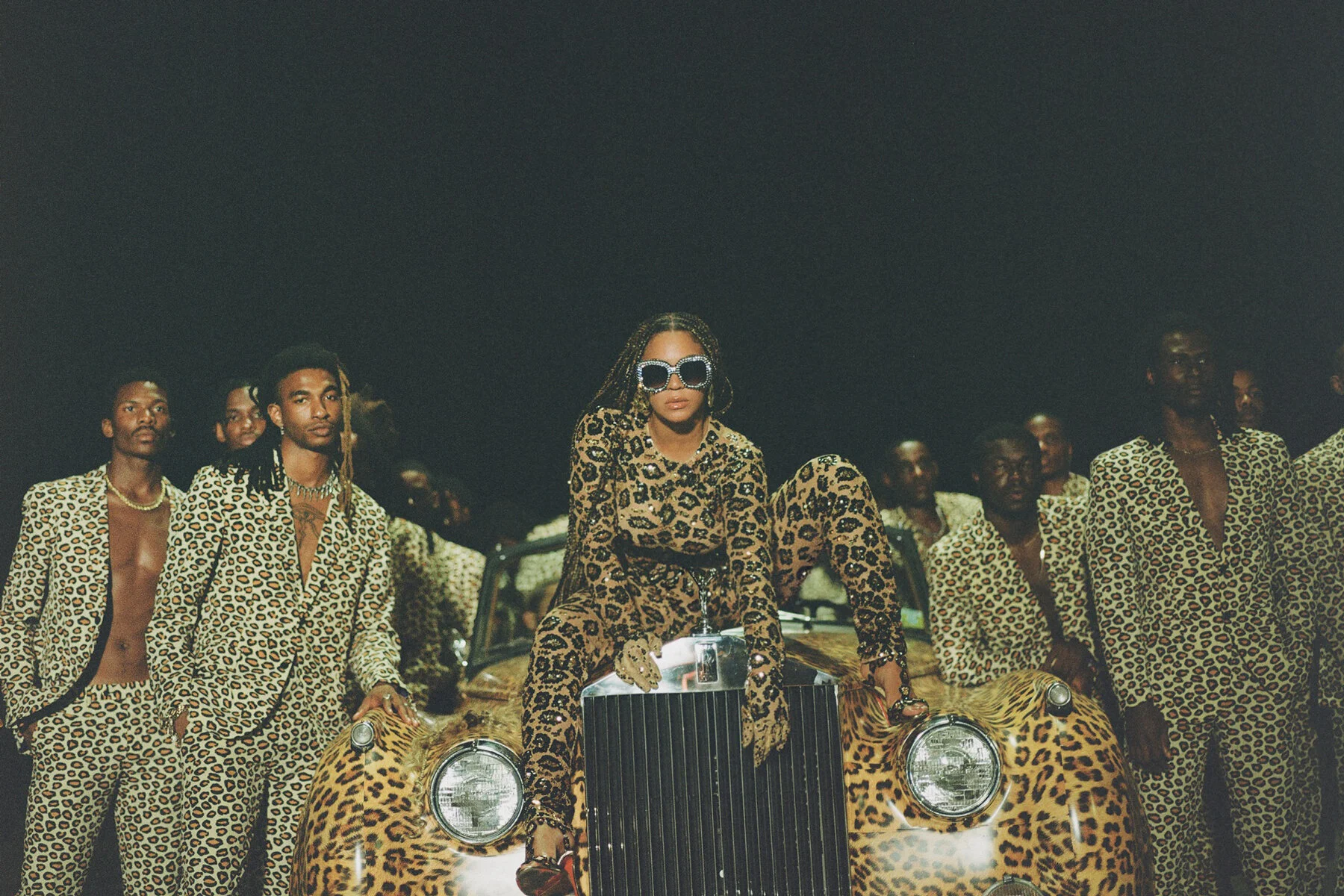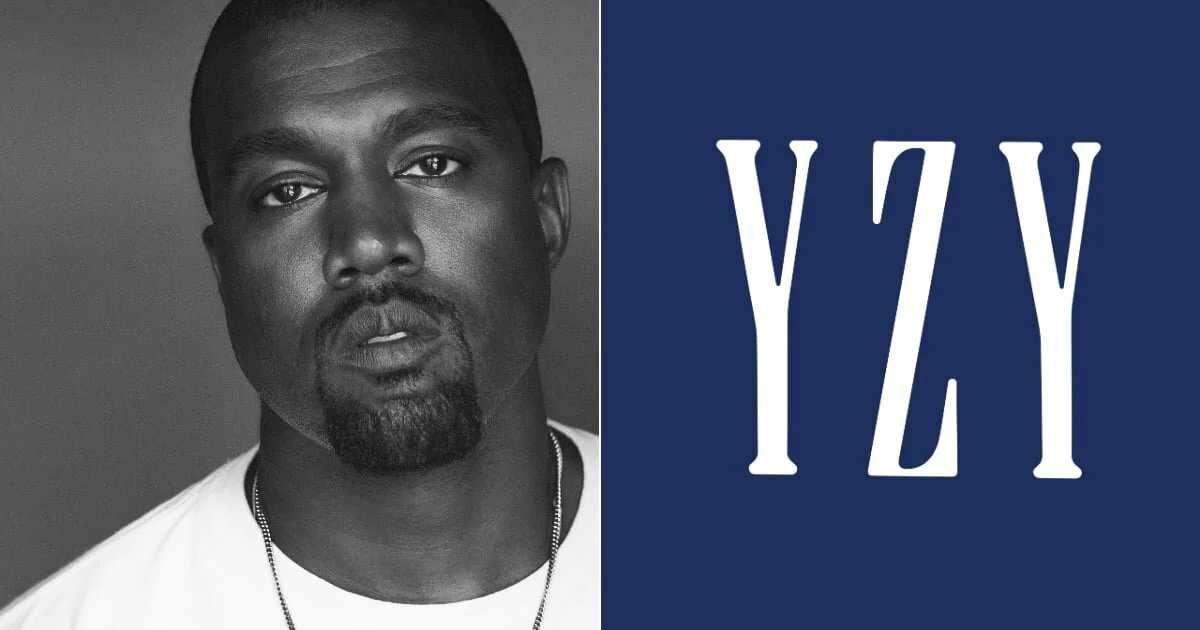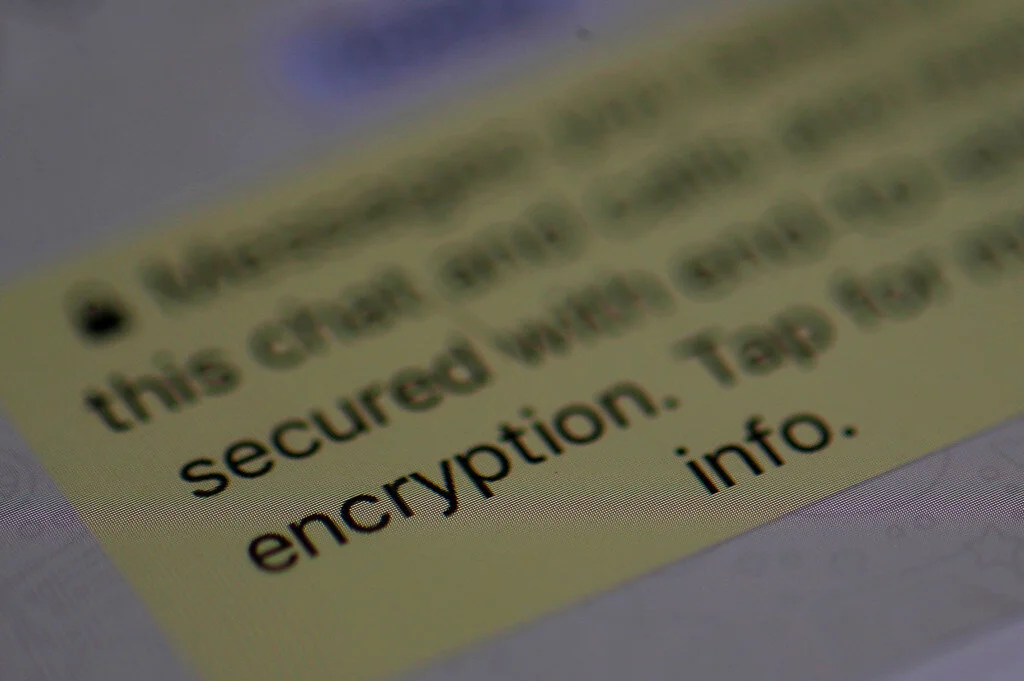SPOILER ALERT: Black Is King and Now Everyone Knows It
Whether you are watching Beyonce’s latest visual album because you like to critique or because you are an essential member of the Beyhive, Black Is King deserves all ninety-some-odd minutes of your time.
While I will not kill for Beyonce’, nor am I a die hard hard fan of hers (I still can’t remember her birthday and my favorite album of hers is in fact B-Day…don’t judge me!), I can honestly say from many perspectives I am thoroughly satisfied with Beyonce’s celebration of blackness in this piece.
With all of the foul narratives running around black love (*ahem* entanglements…), black families, and black people in general, Beyonce served up a hefty helping of melanated excellence. Let us count the ways!
#1 - Not just a 99% non-white cast, but Africa was poignantly represented…thoroughly
From Zulu prints to Congolese hairstyles, Black Is King boasts a smorgasbord of food for the black soul. The effort put into representing the small nuances of a culture hidden from most Black Americans to date should be respected.
This visual album highlights African artists from Nigeria, South Africa, Ghana and Cameroon. It also highlights African language, African dance, African locale, African designers, et cetera and does so with a regal justice Disney could not pull off without many black hands involved.
Here’s a tip: Watch Black Is King with subtitles. You will find yourself wanting to learn more about the Akan language Twi, spoken by Ghanians. Plus, you’ll actually be able to understand the songs where Beyonce feigns an accent. Some may be upset at her white butlers in MOOD 4 EVA, but considering this really could have done well without Caucasian representation, wypipo should appreciate this unnecessary inclusion.
#2 - The music was authentic to the theme, location, and overall message of the project
While some critics of the work argue that Africa is more than animal prints, waist beads and huts, I ask them this: DID YOU EVEN WATCH THE FILM?? It clearly juxtaposes traditional Africa (also known as ancient African traditions) with a modern representation of African culture.
Lest we forget, Black is King is a human version of THE LION KING which takes place in Africa somewhere with animals being the main characters. Should there have been skyscrapers and wifi in Disney’s latest version of the 90s classic cartoon?
Even if Beyonce didn’t include high fashion, mansion, fine art, night life, cars and motorcycles, have you ever stopped to think that the film is created by a Black American specifically for the Black American experience? If you live in Africa, you may be tired of depictions of its nature and ancient cultures because you had the privilege of having them your entire life.
Most Black Americans have not. Why do you think we ate up Black Panther? We’re hungry.
We are starving for the culture we never had that seems just out of reach. It just so happens to be the same culture you’re tired of.
Let us have this! Some critics don’t want to rehash the past, and others don’t want to see futuristic Africa either, and well, you can’t please everyone.
While critique has been both praise and condemnation, no one could legitimately argue that the message behind Black Is King is the same message as Lion King but applied directly to the Black American experience. Well, unless your piety and devotion to religion won’t allow you to ‘take the meat and spit out the bones’.
Practitioners of organized religion, namely Christianity, may balk at Black Is King solely because of this picture:
The narrative is that Beyonce is taking on the imagery of a female version of Baphomet, a demonic deity worshiped by Satanists. While I do my best to avoid all evil, I had to research images of this goat-headed faun man with C-cups.
There is a pentagram on its forehead and a Caduceus in its lap. Pastors and preachers who have not seen Black Is King in the context in which it was intended believe that Beyonce looks more like Baphomet (which is not in theme with Black Is King, by the way) and less like Het Heru, better known as Egyptian goddess Hathor. Look at this photo and decide for yourself:
In case you didn’t know, here is the reference ancient Egyptians had to cows and goats. Which one does Beyonce resemble?
Now ask yourself why almost everything “black” is ugly, voodoo or blasphemous. While you marinate on that, also consider the vein in which this project was created and who it was created by.
Beyonce has long since “channeled” Oshun energy, despite questionable ties to Illuminati or Satanism. The river Orisha Oshun is known in Yoruba religion to be associated with water, purity, fertility, love, and sensuality. Yet, like other celestial beings, Oshun maintains human traits like vanity, jealousy, and, well, pettiness.
Seems to me Beyonce embodies all of those things, like most women I know. Hathor is the mother goddess of all gods, according to Egyptian mythology, and is depicted in various ways as a cow. Below you can see Beyonce’s version of what appears to be both Oshun and Hathor.
Folks are calling Beyonce Mother Africa now, likely because of the imagery portrayed in this film, but I feel like THAT is a blasphemous statement and a stretch thinner than those tiny black rubber bands that always break prematurely. Her character in this film was simply that, a human personification of a guide, of home, of a lioness, of a goddess, of many things and that is all it should be received as.
While James Earl Jones’ voice was like the Almighty reminding us to remember who and what we are, Beyonce deserves as much cultish worship as he does, which is none at all. The film overall invites us to recall our origins and return home to where our roots run deeper than the shallow soil we’ve been nurtured in for centuries; please be reminded that Beyonce is not the home she was referring to.
#3 - More vibes of support than of condescension
The inclusion of African artists and choreography was indisputably a beautiful addition. I was happy to see less shoulders and more legs. (if you know how Beyonce dances, then you know what I mean!)
Beyonce exposed me to music artists Tekno, Jessie Reyez (although the visual for her part made my spirit cringe) and Tiwa Savage. I highly appreciated the different dance styles choreographed by natives to the Motherland, too.
Of course, Bey’s “cocky fresh” was sprinkled in some of the songs and all of her fashionable wardrobe, but welcoming each talent to be represented in a spotlight revealed aspects of my own blackness that I have never been acquainted with before this film.
While many are used to colorism and the self-hate perpetrated by many black and brown shaded people, it was refreshing to see Black Is King herald a rainbow of blackness. From night sky shades to moon light hues, the astounding diversity of melanin is in full view.
#4 - Blue Ivy smiling. ‘Nuff said!
Another highlight of Black Is King is the star studded line up. Kendrick Lamar brought a familiar vibe with “Nile”, poignantly followed by an excerpt from “Uncle Sam”, a spoken word piece by Joshua Abah. Models Aweng Ade-Chuol, Adut Akech and Naomi Campbell made appearances giving so much life. Singer Kelly Rowland, and actress Lupita Nyong’o also appeared alongside them, singing Brown Skin Girls. Blue Ivy, Beyonce’s eldest child, was seen smiling and profiling for the camera; it was way too cute!
Thank you, Blue Ivy, for killing all those mean-faced memes in one swoop!
Other cameos and features included the entire Carter family, Shatta Wale, Stephen Ojo, Connie Chiume, Nandi Madida, Busiswa and Soweto-born actress, Mary Twala (R.I.P.), who was seen on Mandela: Long Walk to Freedom (2013) and Dark Tower (2017). Lots of BLACK success, BLACK ambition, BLACK talent and BLACK expertise was rolled into one project and is the next best thing since Black Panther.
#5 - Beyonce, a black woman, got Disney to cosign on ALL of this BLACKNESS…and she can swim.
There’s nothing to elaborate here, but let us all celebrate the BLACKNESS Disney had no choice but to back. BOOM.
#6 - Highlighted the yin and yang of male/female relationships and glorified finding balance
Listening to the words from Nile, My Power and Key to the Kingdom, I felt peace in the role of the woman in a man’s life. A real woman's place in the world of a real man is not bad.
Having a place or a role is not bad. The question is, do you choose to stay in your lane?
While Simba was king, ultimate ruler of his family and community, Nala, representing wives and mothers, was ultimately a new rock for Simba to rely on. As a king, he relied on her for faith and encouragement, whereas she relied on his power and ability to care for her and her family. If you don’t listen to the lyrics you’ll miss it.
#7 - Very few cringe worthy moments...unlike Lemonade
Lemonade was pretty scary at some parts. While it was a cinematically pleasing experience, I did feel like there was some questionable imagery.
With Black Is King, I didn’t feel like I was witnessing a hazing for some evil cult. The only scenes that were creepy was during Jessie Reyez’ rap and when Scar roared, claiming his throne after Simba was run out.
His face truly contorted in an astonishing fashion, completely embodying his character. I still get the heebie jeebies!
Warren Masemola is Scar reimagined and his facial expressions may scare you. You are warned.
#8 - Amazing quotables
Needless to say, the narration, poetry, speeches and songwriting really were powerful and well done. Here is a top 5 list of quotes from Black Is King:
“Same skin that was broken be the same skin taking over.” and every other line in “Brown Skin Girl” - If you ever need a song that can hug your soul and your skin is any shade of brown or black, play this song while reading the lyrics and let them sink in.
“Go Mutombo, no, no center.” from “Mood 4 Eva” - Heh heh...clever Bey. I see what you did there.
“The deeper the wound, the deeper the roots” - from “Nile” - Damn, Bey....just...whew!
“Lead or be led astray.” - Preach! Say it again for the lost ones in the back!
This isn’t a quotable, but I have to say that the Janelle Monae vibe I’m getting from Bey’s cadence in “Black Parade” during the credits was definitely a mood fitting of the pride I felt to be specifically a Black woman. That track was the feminine boss version of “Black” by Buddy but on 100,000,000,000. She definitely said, “I’m Black. I got hot sauce in my bag cause I’m all that and a bag of chips. Say something.” But like, in a whole song, though.
So, basically….
Beyonce is simply acknowledging that there must be a reckoning and now is the time for conquering the evil that is the black identity crisis over 400 years in the making. Overall, Black Is King, the visual album of the year (I’m guessing no one will top it), is more than what meets the eye.
While it is visually and aesthetically pleasing, it also strongly pushes the idea to accept the diversity in our African ancestry and cultures. Some Africans say Beyonce is doing too much or that futuristic Africa is an old tired out trope. Meanwhile, some Black Americans say she is exploiting african culture. To them, I say ptah!
Disney is a corporate entertainment monolith (basically an oligopoly) in and of itself. Beyonce’s brand is just as huge.
It took millions, I’m sure, to get this project put together and a lot of people got paid to do this. Perhaps her support isn’t in concert tours or building hydroelectricity centers in rural areas.
Perhaps her lane is hiring black dancers, black choreographers, black actors, black designers, black consultants and basically black everything (almost). If we are supposed to do all that we can do and do it well, Beyonce has had a pretty decent go of it over the years.
I hope Bey never responds to the critics on this one because the work speaks for itself. If you are offended by the depiction of black excellence across various eras, generations and peoples, then be clear about that with yourself and let the rest of us have this.
